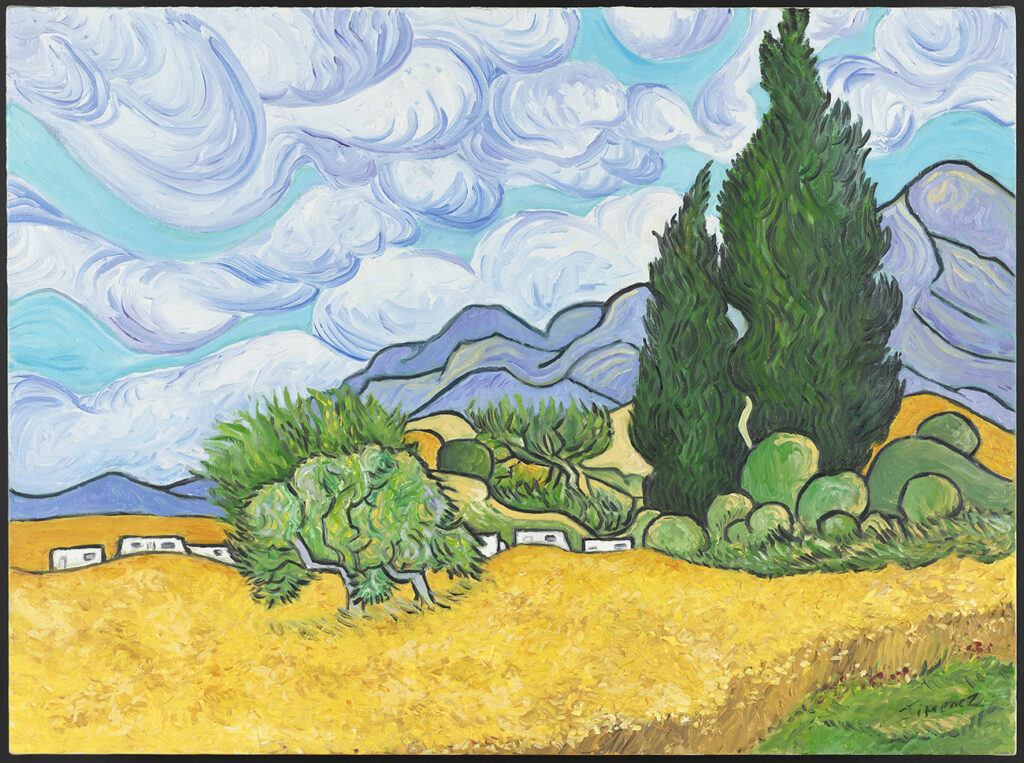The Barvalo exhibition at the Mucem in Marseille has become the first ever Roma themed exhibition to win the prestigious Historia Prix, it was announced yesterday.
In the Romani language, barvalo means “rich” and, by extension, “proud”. The exhibition took place during May – September 2023 and was dedicated to the history and diversity of the Romani minority groups in Europe.
Developed in collaboration with The European Roma Institute for Arts and Culture (ERIAC), the exhibition was designed by a team of people of Romani origin (Roma, Sinti, Manouches, Gypsies, Travelers) and non-Romani nationalities.
For Roma scholars and artists, who are often overlooked and ignored, the award was a momentous occasion. The exhibition, which was curated about Roma with Roma, instead of without them, and won the prestigious award, vindicates the call for more Roma self-representation in Europe.
The award jury appreciated the exhibition’s novel approach, the participatory process and the powerful combination of contemporary arts and history to show the Roma history and culture in France and Europe.
Since 2010, Historia has awarded prizes for books, exhibitions, films or video games that particularly highlight the historical discipline. This year, the Barvalo exhibition, which was seen by over 100.000 people, grabbed the coveted prize. Last year, the prize for best historical exhibition in France was won by A Foreigner Called Picasso, which covered Picasso’s journey as a foreigner and an artist.
ERIAC was launched in 2017 in Berlin as a joint initiative of the Council of Europe, the Open Society Foundations, and the Roma -lead initiative, Alliance for the European Roma Institute.
“It was the museum itself which wanted to create a Roma-themed exhibition,” Anna Mirga-Kruszelnicka, ERIAC Deputy Director and curator of the exhibition, told The Brussels Times. “Initially, the exhibition was planned to focus on traditional art and crafts and did not include any Roma curators.
“It’s a way to send a powerful message, setting a new standard in involving Roma in cultural endeavors of any type. Of course, this is also timely – we see similar participatory processes emerge and new museum protocols being established, as museums increasingly open to decolonial practices within their own premises.”
She says that Muceum would like the exhibition to be shown at other museums. “We are currently in conversation with various institutions in France and other countries to explore possibilities of moving Barvalo to another venues.”
What were the highlights in the exhibition?
“Barvalo showcases an impressive collection of 200 works and documents, including prints, videos, and audio recordings. These pieces have been carefully curated from renowned French and European public and private collections, such as the Louvre Museum, the National Museum of Natural History in Paris, the Museum of Ethnography in Geneva, and many others.”
By incorporating both historical artifacts and contemporary Romani arts, the exhibition offers a comprehensive representation of the Romani experience and provides a platform for talented artists of Romani background to share their unique perspectives with the world.
The exhibition also deliberately juxtaposed the works of non-Romani artists with those of Romani artists to provide diverse perspectives and affirm the cultural heritage of Romani communities.
In which way did the exhibition shed new light on Roma history in Europe?
“The exhibition offered an alternative approach to recounting Roma history – not as a peripheric chapter of Europe but as an integral part of European and national histories,” she replied. “It focused on Roma contributions to arts of the majority society and Roma participation in social and political movements.
At the same time, it recounted the long history of antigypsyism, through multiple forms of institutional violence and discrimination, for example, Roma slavery, Roma forced sterilization or the Roma Holocaust in WWII.”
The exhibition concluded with a gallery showing the portraits of 53 Romani individuals, known and unknown to the general public. These men and women have contributed and still contribute to the Romani cultural heritage, and more widely to the heritage common to all European societies.
The Brussels Times

